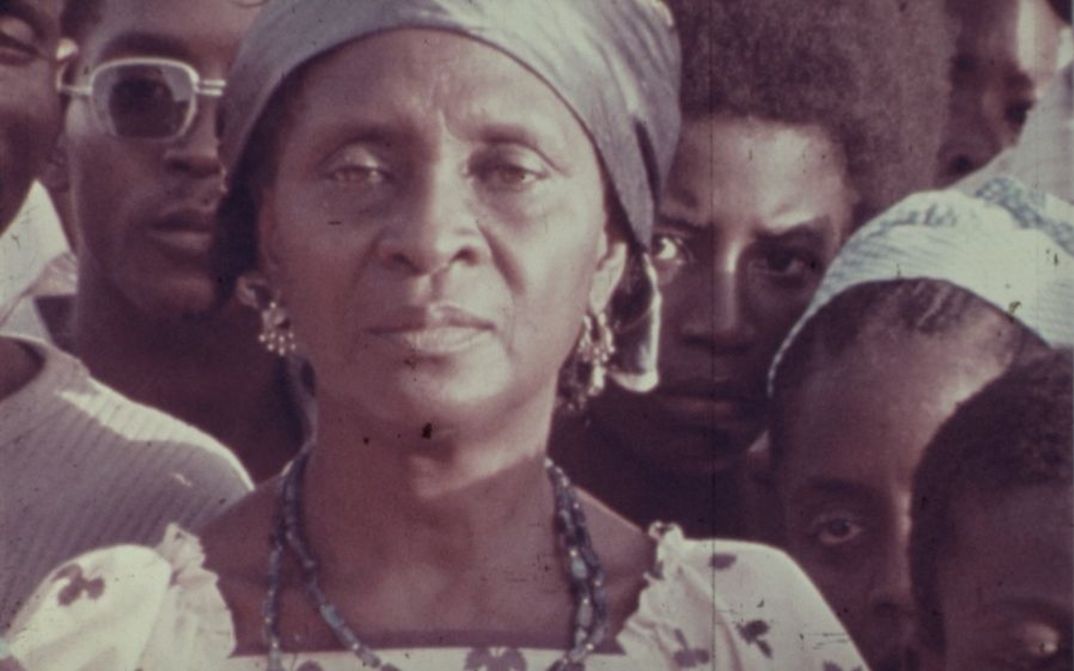Program Amílcar Cabral

Fri 17.01.
20:00
Cinema
Kino im Sprengel
Director
Sana Na N‘Hada, Flora Gomes, José Bolama, Josefina Crato, Djalma Fettermann
Guinea-Bissau, Guinea, Sweden / 1976
33 min.
/ DCP
/ Original version with English subtitles
The film was the first to be produced by Guineans after the liberation from Portuguese colonial rule in 1974. It documents the transfer of Amílcar Cabral's mortal remains from Conakry, where he was murdered in January 1973, to Bissau in 1976. The footage is accompanied by Guinean songs and supplemented by additional archive material showing Cabral speaking to freedom fighters during the guerrilla war.
Director
Filipa César
Germany / 2012
10 min.
/ DCP
/ Original version with English subtitles
Using the Guinea-Bissau film archive as its base, this film essay describes Amílcar Cabral's path from agronomist to his role as leader of the Guinean resistance and initiator of the Cuba-supported militant Guinean filmmaking.
Director
Filipa César
Germany, France, Portugal, Spain / 2019
40 min.
The punch card technology designed for a loom was fundamental for the development of computers. Binary code is, therefore, closer to the act of weaving than to the act of writing. QUANTUM CREOLE is a collective analysis of creolization. Referring to the smallest amount of a physical entity in any interaction, the film uses various forms of imaging to read the subversive potential of weaving as a Creole code. The West African Creoles wove coded messages of resistance into textiles and thus opposed the colonialists. Today, the face of colonization manifests itself as a digital image: the new terra nullius is an ultra-liberal free trade zone on the Guinea-Bissau Bijagós archipelago. It marks the continuation of the violence that manifested itself there centuries ago in the creation of slave trading posts.